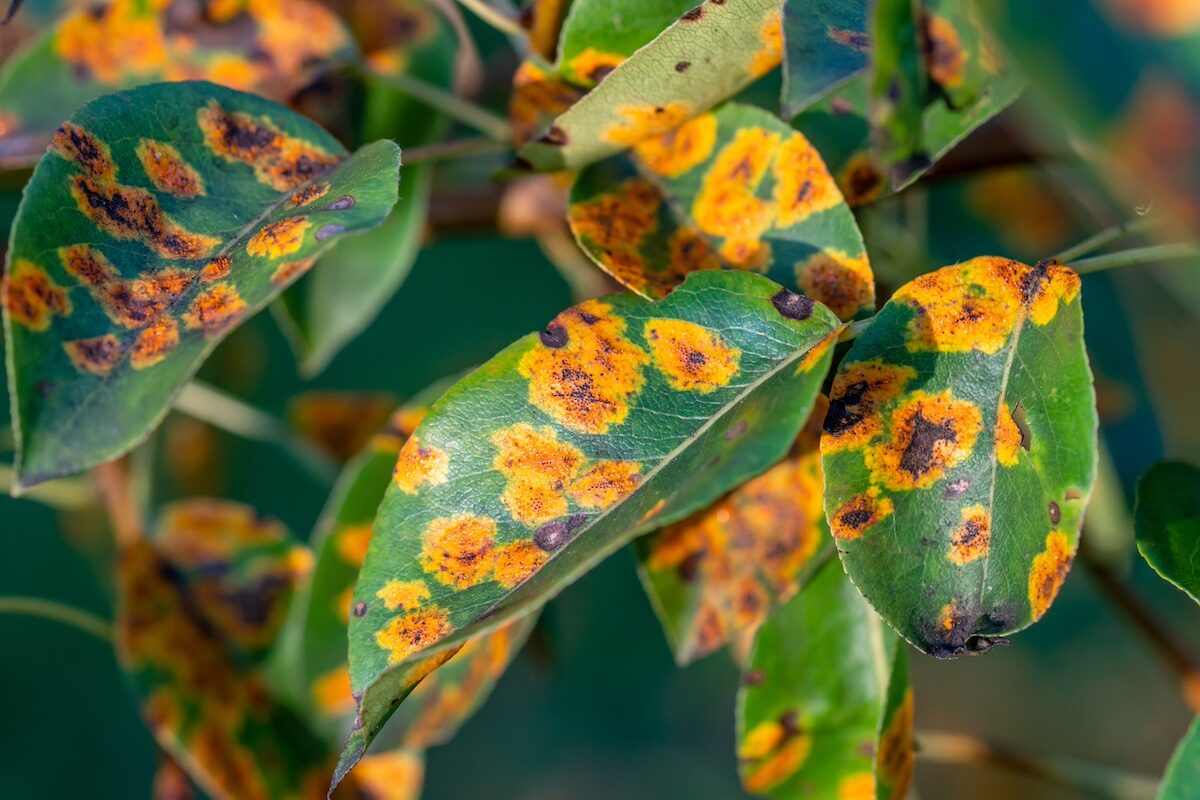Ficus is one of the most popular decorative plants. This tropical plant has bright leaves that add vibrant beauty to any room. However, like many other plants, the ficus can get sick. In this article, we will look at some common diseases of the ficus, ways to recognize them, and treatment methods.
1. White Fly

The white fly (Aleurothrixus floccosus) is one of the most common pests of the ficus. They resemble tiny white flies that settle on the underside of the leaves. These pests suck the sap from the plant, which can lead to yellowing of the leaves, drying out, and the death of the plant.
If you suspect the presence of white flies on your ficus, pay attention to the following signs:
- White wings or small white insects settling on the underside of the leaves;
- Yellowing, drying, and dropping of leaves;
- Sticky droplets or sooty mold on the leaves.
To treat the ficus for white flies, the following methods are used:
- Mechanical removal of pests from the leaves using a damp cloth or cotton pad;
- Using a cleaning solution based on baking soda dissolved in water. For example, 1 teaspoon of baking soda per 1 liter of water. Spray the solution on the leaves of the ficus;
- Repeat treatment after a few days for complete elimination of pests.
2. Root Rot

Root rot is a serious problem for the ficus. This disease is usually caused by excess moisture in the soil, which leads to the proliferation of rotting bacteria and fungi. If no action is taken to treat root rot, the plant may die.
Manifestations of root rot in the ficus:
- Greenish, black, or brown discoloration of the roots;
- Softness, ease of decay, and unpleasant odor of the root system;
- The overall appearance of the plant raises concern, such as slow growth and pale leaves.
To treat root rot in the ficus, the following actions are recommended:
- Remove the plant from the pot and inspect the root system. Remove all rotten or damaged roots;
- Trim the roots so that only healthy sections remain;
- Disinfect with a fungicide or hydrogen peroxide solution to eliminate all harmful microorganisms;
- Repot the ficus in fresh, well-draining soil and a new pot;
- Regulate watering to avoid excess moisture.
3. Leaf Diseases
The ficus can also develop various leaf diseases, such as fungal infections and viral diseases. Signs of leaf diseases:
- Yellowing of leaves or the appearance of green or dark spots on them;
- Deformation of leaves, loss of shape or arrangement;
- Drying and dropping of leaves;
- Appearance of fungi or rot on the leaves.
To treat leaf diseases of the ficus, the following methods can be used:
- Disinfect with a fungicide recommended for combating fungal infections;
- Use virocides or other preparations to combat viral diseases;
- Provide the plant with favorable conditions, such as good lighting, regular watering, and optimal humidity.
Video about ficus diseases
Conclusion
Knowledge of common ficus diseases and their signs will allow you to timely recognize problems arising with the plant and, accordingly, take the necessary measures for their treatment. Regular inspection of the plant and maintaining optimal care conditions will help avoid diseases and preserve the health of your ficus.
